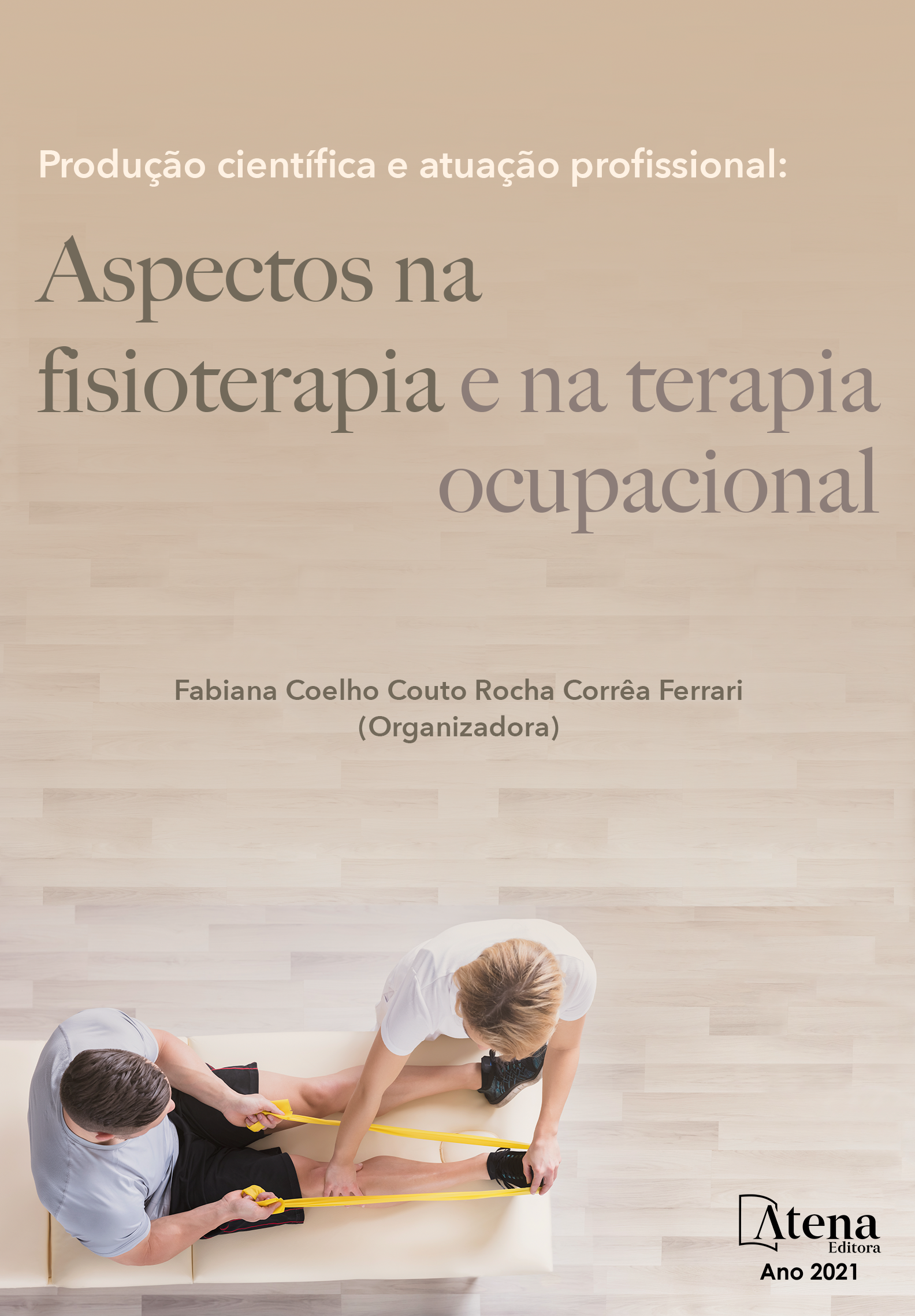
O USO DA TOXINA BOTULÍNICA NO TRATAMENTO DA ESPASTICIDADE APÓS ACIDENTE VASCULAR ENCEFÁLICO: UMA REVISÃO DE LITERATURA
A toxina botulínica é uma técnica farmacológica que traz efeitos benéficos ao paciente com espasticidade, como o ganho de amplitude de movimento e melhora da função dos membros afetados. O presente trabalho tem por objetivo descrever os métodos, efeitos, indicações e contraindicações do uso da toxina botulínica no tratamento da espasticidade após acidente vascular encefálico, ressaltando seus benefícios associados à fisioterapia. Foi realizada uma revisão de literatura narrativa por meio das seguintes bases de dados: Google acadêmico, Scielo, Pubmed e Bireme. Os descritores da Biblioteca Virtual em Saúde (BVS) utilizados foram: toxina botulínica, fisioterapia, acidente vascular encefálico e espasticidade; botulinum toxin, physiotherapy, stroke e spasticity. Como resultado, encontrou-se que o tratamento da espasticidade com a toxina botulínica tem maior êxito quando a administração segue alguns critérios, como: o ajuste da dose de acordo com a idade, com o peso, grau de espasticidade e musculatura administrada. A associação da toxina botulínica com a fisioterapia e outras técnicas de tratamento, também contribuem positivamente para os efeitos benéficos desta terapia. Os efeitos do uso da toxina botulínica no tratamento da espasticidade são evidenciados na Escala de Ashworth, e parecem potencializar o tratamento fisioterapêutico. No entanto, algumas contraindicações podem ser citadas, como: doenças neuromusculares, hipersensibilidade à toxina botulínica, gestantes e uso antibióticos. Desta forma conclui-se que a toxina botulínica pode ser usada em associação com a fisioterapia no tratamento da espasticidade de maneira segura, desde que sejam obedecidas as recomendações do uso.
O USO DA TOXINA BOTULÍNICA NO TRATAMENTO DA ESPASTICIDADE APÓS ACIDENTE VASCULAR ENCEFÁLICO: UMA REVISÃO DE LITERATURA
-
DOI: 10.22533/at.ed.76121280913
-
Palavras-chave: acidente vascular encefálico, fisioterapia, reabilitação
-
Keywords: stroke, physical therapy, rehabilitation
-
Abstract:
Botulinum toxin is a pharmacological technique with beneficial effects to the treatment of spasticity, such as the gain of range of motion and improvement of the function of the affected limbs. The aim of the present study is to describe the methods, effects, indications and contraindications of the use of botulinum toxin in the treatment of spasticity after stroke, highlighting its benefits associated with physiotherapy. A review of narrative literature was carried out through the following databases: Google academic, Scielo, Pubmed and Bireme. The Virtual Health Library (VHL) descriptors used were: botulinum toxin, physiotherapy, stroke and spasticity; Botulinum toxin, physiotherapy, stroke and spasticity. As result, the treatment of spasticity with botulinum toxin has been more successful when the administration follows a number of criteria, such as: dose adjustment according to age, weight, spasticity, and musculature. The association of botulinum toxin with physiotherapy and other treatment techniques also contribute positively to the beneficial effects of this therapy. The effects of the use of botulinum toxin in the treatment of spasticity are evidenced in the Ashworth Scale, and seem to potentiate the physiotherapeutic treatment. However, some contraindications may be cited, such as: neuromuscular diseases, hypersensitivity to botulinum toxin, pregnant women and antibiotics. In this way, it can be concluded that botulinum toxin can be used in association with physical therapy in the treatment of spasticity in a safe way, provided that the recommendations of the use are obeyed.
-
Número de páginas: 15
- Diogo Ramon Nascimento de Oliveira
- Inajara Meireles Barbosa Paiva
- Renata Figueiredo Anomal


